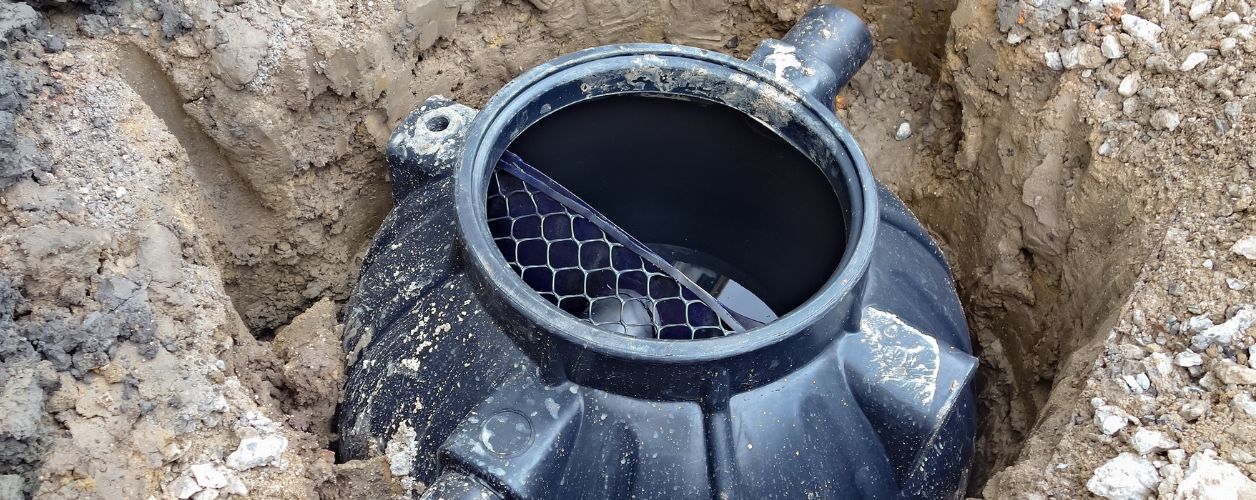Find Septic Tank Installation in Your Area
- Septic Tank Installation in Edmonton
- Septic Tank Installation in Victoria
- Septic Tank Installation in Winnipeg
- Septic Tank Installation in Fredericton
- Septic Tank Installation in St. John's
- Septic Tank Installation in Yellowknife
- Septic Tank Installation in Halifax
- Septic Tank Installation in Iqaluit
- Septic Tank Installation in Toronto
- Septic Tank Installation in Charlottetown
- Septic Tank Installation in Quebec City
- Septic Tank Installation in Regina
- Septic Tank Installation in Whitehorse

Dependable Septic Solutions: Connect with Expert Septic Tank Installers in Canada
Whether you're building a new home in a rural area or upgrading an aging system, proper septic tank installation is vital for safe wastewater management. In many Canadian regions where access to municipal sewer systems is limited, septic systems are the preferred solution—and hiring experienced local installers ensures long-term reliability and environmental compliance.
Why You Should Hire a Professional Septic Tank Installer
Installing a septic system is a complex process that involves soil testing, proper sizing, design approval, and safe construction. A licensed septic tank installer will:
Conduct site evaluations and soil percolation tests
Help with permits and compliance with provincial/local regulations
Design and install tanks and drainage fields that meet your household needs
Ensure proper slope, ventilation, and inspection ports
Use the right materials for Canadian climate and soil types
Professional installation reduces the risk of future failures, costly repairs, or environmental hazards.
Need Fast & Reliable Septic Tank Installation Near You?
Get free quotes from verified local experts in minutes — It’s Quick & Fast!
Cost of Septic Tank Installation in Canada
In Canada, the cost of septic tank installation generally ranges betweenCAD $7,000 and $20,000or more. The final cost depends on factors such as system type (conventional or advanced), tank size, soil conditions, site accessibility, and whether any rock excavation or landscaping is required. Permits and inspections may add a few hundred dollars, but skipping these steps can lead to expensive legal or environmental issues down the line. It's recommended to request multiple quotes from certified installers to compare scope and value.
Questions to Ask Before Hiring Local Septic Tank Installation Professionals
Before hiring a local septic installer near you, ask these key questions:
Are you licensed and certified to install septic systems in this province?
Will you handle permits and arrange inspections?
What type and size of system do you recommend for my property and why?
Can you provide a detailed quote including excavation, materials, and labor?
How long will the installation take from start to finish?
Do you offer maintenance services after installation?
What kind of warranty or guarantee comes with the installation?
Asking these questions upfront helps you select a reliable, experienced contractor and avoid surprises during the project.
Your Future Septic Tank Installation Hero Is Just One Task Away — Let’s Find Them
Book Trusted Septic Tank Installers Across Canada with ServiceTasker
From Ontario farmland to British Columbia’s countryside,ServiceTaskermakes it easy to find qualified septic tank installation professionals near you. Get matched with local experts who understand regional regulations, soil types, and system designs that work best for your home.
Cost Guide
Answers to Your Common Questions
Septic tank installation in Canada typically costs between $6,000 and $15,000+. Costs depend on the tank size, soil condition, site accessibility, permit requirements, and whether a new drain field is needed.
Yes. In Canada, permits and inspections are mandatory before, during, and after installation. Your local public health or municipal office will guide you through the requirements and ensure the system meets environmental and safety standards.
Septic tank installation generally takes 3 to 7 days, depending on site prep, excavation, weather, and inspections. The process includes system design, digging, tank placement, pipe installation, and backfilling.
After installation, regular maintenance is essential. This includes pumping the tank every 2–5 years, avoiding flushing non-biodegradable items, monitoring water usage, and scheduling professional inspections as recommended.